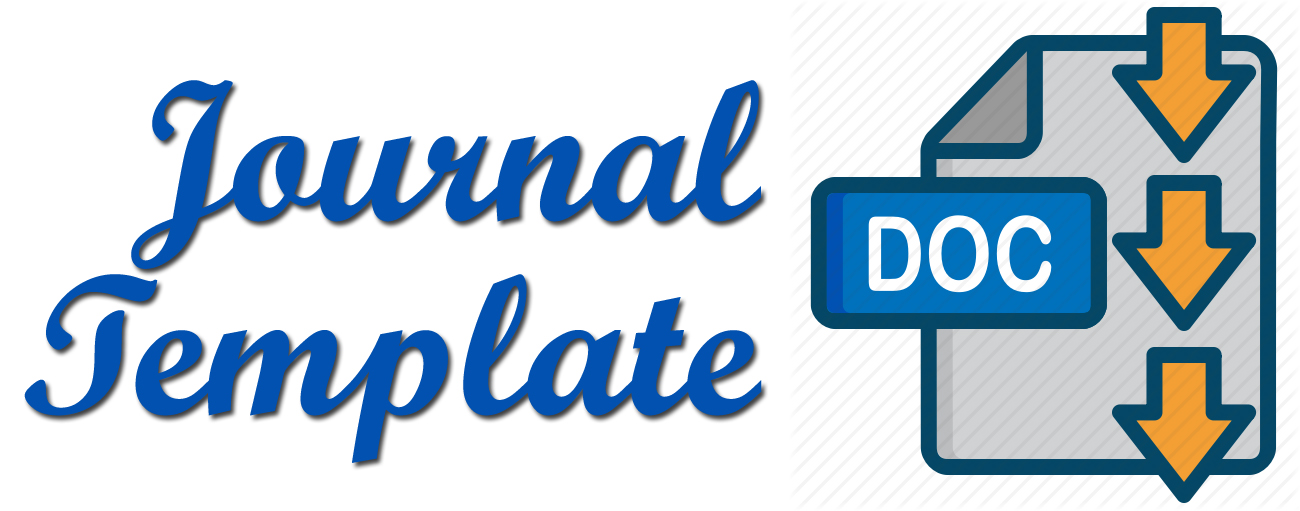INTEGRATION OF PROJECT BASED LEARNING ETHNOSAINS TENUN IKAT TO IMPROVE UNDERSTANDING OF SCIENCE CONCEPTS AND CREATIVE THINKING STUDENTS JUNIOR HIGH SCHOOL (SMP) TANIMBAR
Abstract
This study aims to determine increased understanding of the concept of science through the integration of ethnoscience tenun ikat project based learning at SMP tanimbar, improving the ability to think creatively through the integration of the ethnoscience, differences in understanding the concept of science through the integration of project based learning ethnoscience, and differences in the ability to think creatively through the integration of ethnoscience. This research was conducted on April 26 – June 26 2021 located at SMPN 3 Wuarlabobar, SMPN 3 Waturu, SMP Christen Batuputih, SMPN 1 Atap Wermatang. The research design used a quasi-experimental design used two groups, namely the experimental group and the control group. The results of the study show that the integration of project based learning into the learning process can improve understanding of science concepts and ability to think creatively. The conclusion of this study is that there is a significant difference in the value of understanding science concepts and students' creative thinking ability between the sample groups of SMP Negeri 3 Wuarlabobar, SMP Negeri 3 Waturu, SMP Christen Batuputih and SMP 1 Atap Wertmatang.
Downloads
References
Ahmad, S. 2016. Duties roles and functions of teachers in education. Raudhah Proud To Be Professionals Journal of Tarbiyah Islamiyah. 1 (1):23-29.
Alfian, E. 2016. Learning management as one of the technologies in tadbir learning: Journal of Islamic Education Management. 4 (2): 33-39
Aslamiah, E.W.A., Mutiana. 2021. 21st-Century skills and social studies education. The Innovation of Social Studies Journal. 2 (2): 2716-2354.
Alkiyumi, M. T. M. 2010. Creative thinking and problem-solving abilities: Their Relationship with psychological traits among 10th-Grade students in Oman. Malaysian Science University.
Barkah, C., Aam, A. 2021. Analysis of Understanding Science Concepts of Grade IV SDN Students. Berajah Journal. 2(2): 287–292
Bezerra. R.L.M., Azoni. 2021. Creativity and its relationship with intelligence and reading skills in children: an exploratory study. Psicologia: Reflexao e Critica. 32 (2): 35-42.
Dupri, Nazirun, N., Candra, O. 2021. Creative thinking learning of physical education: Can Be Enhanced Using the Discovery Learning Model? Journal Sports Area. 6 (1): 37–47.
Dwi, A.H. P., Usmeldi. 2021. The effect of the integration of Ethnoscience in Science learning on learning outcomes: meta-analysis. Journal of Study Results, Innovations, and Applications of Physics Education. 8 (1): 333-339.
Fitriyati I, A.H., and Munzil. 2017. Development of science learning tools to improve higher level thinking skills and scientific reasoning of junior high school students. Science Learning Journal. 1 (1): 34-39.
Firdianti, A. 2018. Implementation of school-based management in improving student learning achievement. Yogyakarta: CV GRE Publishing.
Fakhrizal, T., & Hasanah. U. 2020. Efforts to improve students' critical thinking skills in biology subjects through the application of project based learning learning models in class X SMA Negeri 1 Kluet Jawa Tengah. Journal of Biotics. 8 (2): 200-2017.
Fatmawati, B. 2013. Assessing students' science process skills through direct observation learning methods. Proceedings of the Biology Education Conference. 10 (1). Biology Study Program–STKIP Hamzanwari. Selong.
Gafour, W., Gafour, O. W. A., Gafour, W. A. S. 2020. Creative thinking skills-review adaptation and development of medicinal plant technologies for income generation. Agricultural Diversification and Export Promotion . 32(3): 3344-249.
Darmadi, H. 2017. Development of learning models & methods in student learning dynamics. Yogyakarta: Deepublish.
Djamarah, S.B., Zain. A. 2010. Teaching and Learning Strategy. Jakarta: Rineka Cipta.
Authors who propose a manuscript and have it approved for publication know that the manuscript will be registered and become part of the RPBJ. Authors and readers understand that this journal is open and all its contents can be accessed freely, provided that RPBJ is still listed as the source of information. The hope is that this journal can become a vehicle for exchange and scientific knowledge for society and the scientific community, especially in the field of Biology and other branches of science.









